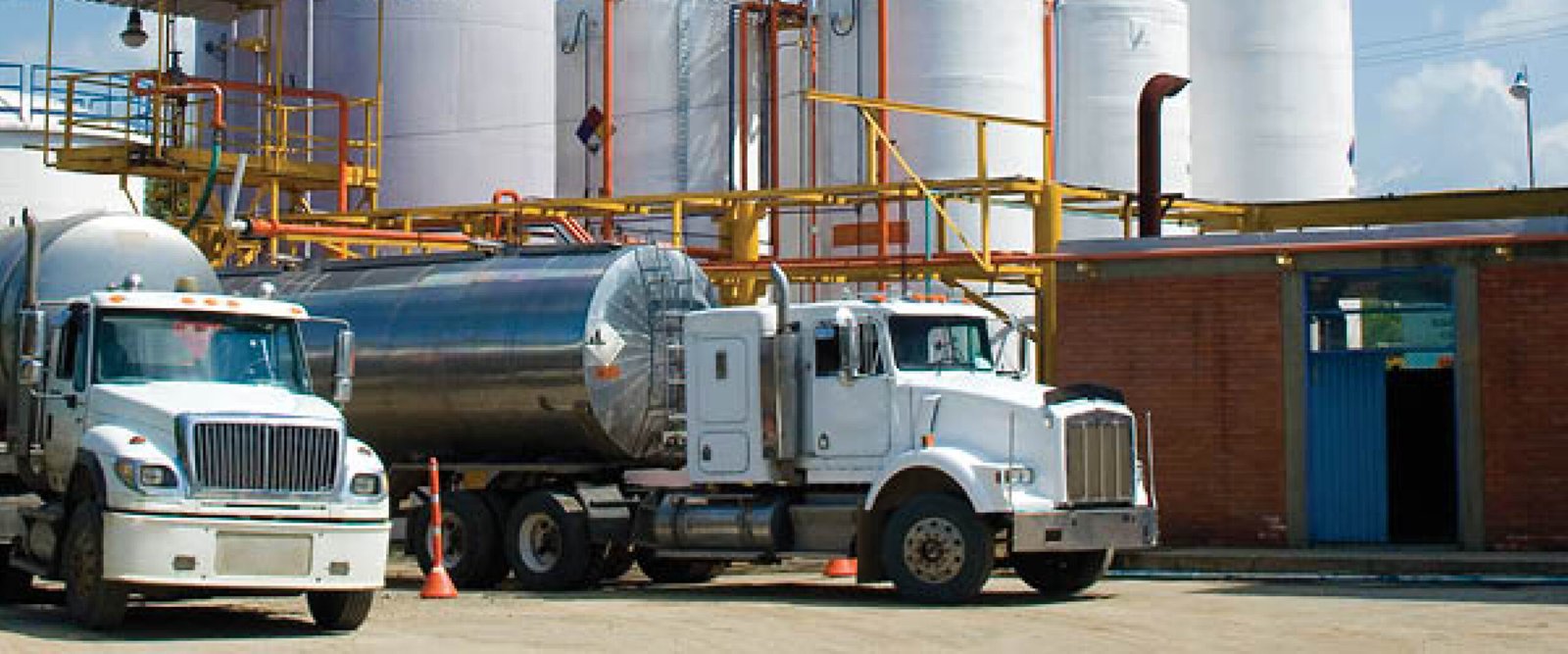
Liquid Air International Transportation
Liquid Air International Transportation
Introduction:
Liquid Air International Transportation is a cutting-edge concept that has emerged as a potential game-changer in the world of logistics and transportation. By utilizing the power of liquefied air, this innovative method offers a sustainable and efficient solution for transporting goods across vast distances. In this article, we will explore the concept of liquid air transportation, its benefits, and its potential impact on global trade and the environment.
- Understanding Liquid Air Transportation:
Liquid air, also known as cryogenic liquid air, is created by cooling atmospheric air to extremely low temperatures, typically below -190 degrees Celsius (-310 degrees Fahrenheit). When air is liquefied, it becomes a dense and energy-rich medium that can be stored and transported effectively.
- The Process:
The process of liquid air transportation involves converting atmospheric air into its liquid form using specialized equipment. The liquid air is then stored in cryogenic tanks, which can maintain its low temperature and prevent it from evaporating. When it comes to transportation, the liquefied air can be loaded onto specialized vehicles such as trucks, ships, or trains, depending on the distance and destination.
- Advantages of Liquid Air Transportation:
a) Environmental Sustainability: One of the key advantages of liquid air transportation is its minimal environmental impact. As the primary component is atmospheric air, it is a clean and abundant resource. The use of liquid air as a fuel alternative reduces greenhouse gas emissions, contributing to efforts aimed at combating climate change.
b) Energy Storage: Liquid air serves as an effective energy storage medium. It can be used to power various transportation vehicles, providing an alternative to conventional fossil fuels. As the liquid air vaporizes, it expands and drives a turbine, generating electricity to propel vehicles or power other industrial processes.
c) Energy Recovery: Liquid air transportation offers the possibility of recovering waste cold and heat energy during the liquefaction and re-gasification processes. This waste energy can be harnessed and utilized in various applications, further enhancing the overall energy efficiency of the system.
d) Versatility and Scalability: Liquid air can be produced and transported in large quantities, making it a scalable solution for global transportation needs. It can be used in different modes of transportation, including heavy-duty trucks, cargo ships, and trains, making it versatile for various industries.
- Potential Applications:
a) Long-Distance Shipping: Liquid air transportation has the potential to revolutionize global shipping, enabling more sustainable and efficient trade across continents. By utilizing liquid air as a fuel source, cargo ships can significantly reduce their carbon footprint and dependence on traditional fossil fuels.
b) Refrigerated Transport: The low temperatures of liquid air make it ideal for refrigerated transport of perishable goods. It can provide a reliable and eco-friendly solution for transporting food, pharmaceuticals, and other temperature-sensitive products, ensuring their quality and reducing waste.
c) Heavy-Duty Transportation: Liquid air-powered trucks and trains can be used for heavy-duty transportation, such as carrying goods over long distances or hauling heavy loads. This technology offers an alternative to diesel-powered vehicles, reducing emissions and improving air quality in urban areas.
- Future Outlook:
The development and implementation of liquid air transportation systems are still in their early stages. However, ongoing research and pilot projects demonstrate promising results, showcasing the potential for this innovative technology to revolutionize the transportation industry. As advancements continue and infrastructure evolves, liquid air transportation may become a mainstream solution, providing a sustainable and efficient way to move goods across the globe.
Conclusion:
Liquid Air International Transportation has emerged as an exciting prospect that combines sustainability, energy efficiency, and versatility in the world of transportation. By utilizing liquefied air as a fuel alternative and energy storage medium, this innovative concept presents an opportunity to transform the way goods are transported globally
